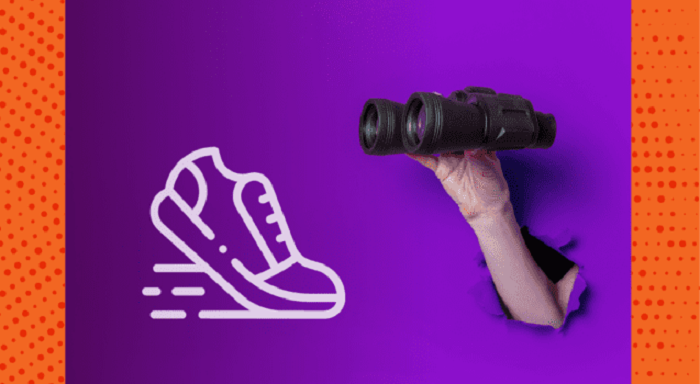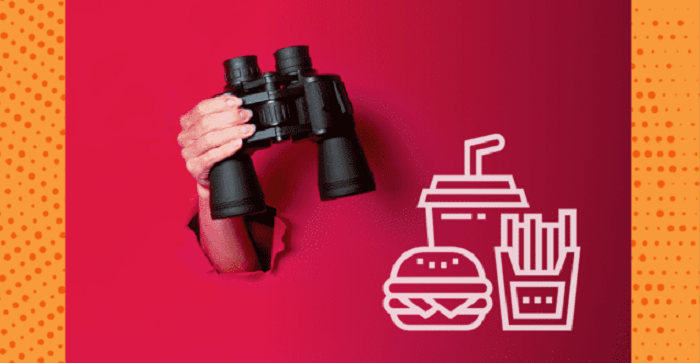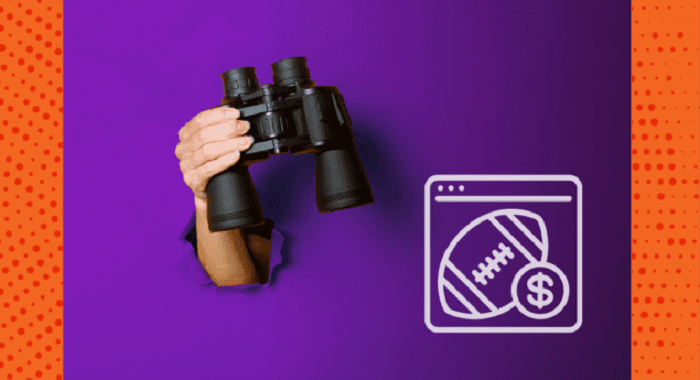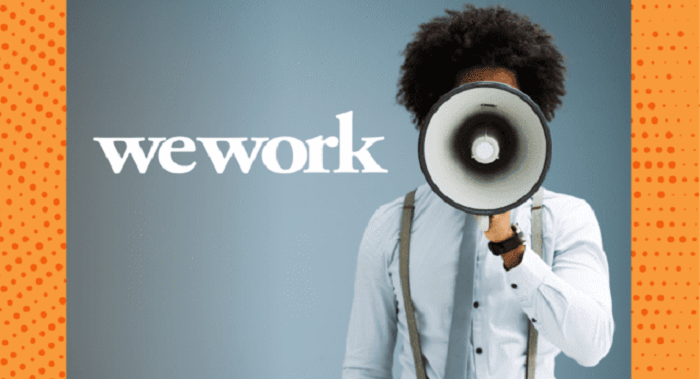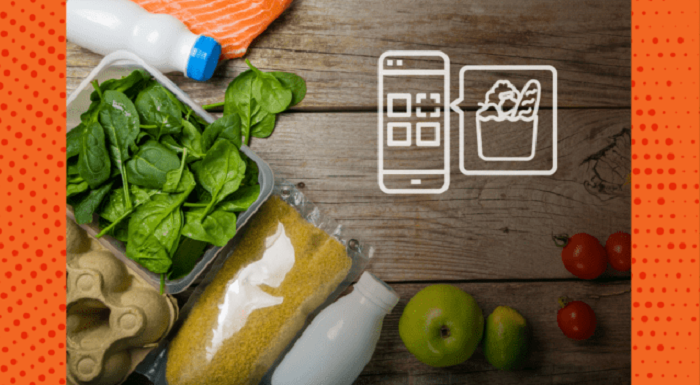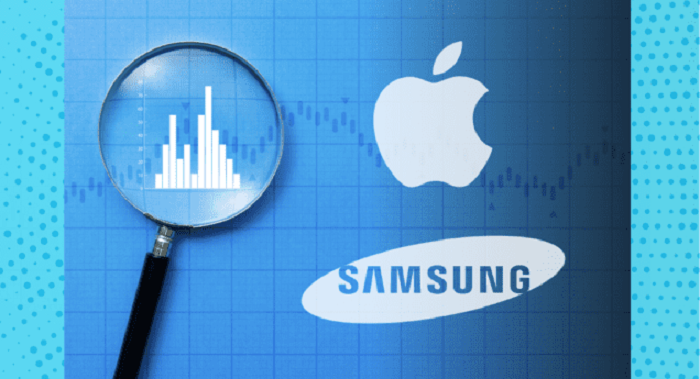In-person dining at national restaurants began returning to pre-pandemic levels once people received their vaccinations. According to the NPD Group, online and physical visits to fast casual restaurants were up 8% year-over-year by August, reaching levels similar to 2019. “Fast casual restaurants have capitalized on the lessons they learned during the pandemic,” says David Portalatin, NPD food industry advisor and author of Eating Patterns in America.
Cryptocurrency was already growing popular, but this year it clearly became mainstream. Two major companies that enable crypto trading—Robinhood and Coinbase—went public. Major companies like PayPal, Microsoft, AT&T, WeWork, Whole Foods, Etsy, Home Depot and Starbucks all accept Bitcoin. And the “Hollywoodisation of crypto” is underway. Regulators have passed legislation to crack down on crypto tax reporting. Digital currencies are no longer an alternative form of currency. But many individuals still feel confused about how to purchase, hold and use digital currencies.
The fitness industry was completely transformed during the pandemic. Instead of exercising in poorly ventilated, indoor facilities, gym-goers bought home equipment or began to exercise outside. While the gym used to sit at the top of the fitness hierarchy, digital models and at-home systems gained more market share over the past two years. “The gym may have once had this temporary monopoly, but this is over, and the pandemic has demonstrated that consumers can capably locate and enjoy many different gym substitutes,"
Supply chain issues. Material shortages. Inflation. Across most industries, these are the words dominating executive meetings. And the footwear industry is no exception. Prices for shoes were up 6.5% in September, compared to a year ago. This spike in prices is due to a shortage of rubber and plastic, factory shutdowns in the summer and the shipping crisis at ports. But increased prices don’t necessarily mean less sales. Shoe companies, like Skechers, that had been investing in eCommerce and were well-positioned for pandemic-related trends
Used cars were flying off the lots this year—and in the face of surging prices. Used car prices are about 42% higher than they were in the first quarter of 2020. The price gap between new and used cars has shrunk rapidly since November of 2020, when the difference was 10.8%. This summer, on average, a gently-used vehicle cost only 3.1% less than its new counterpart. In some cases, available and in-demand used models went for more than their new counterparts.
As we approach the end of the year, we’ll be covering trends from 22 key markets. We’ll recap what each industry has experienced over the past year and what to watch for in 2022. Learn who are the top advertisers from each category and how they spend across formats. Quick service restaurants (QSR) found themselves in a unique position during the pandemic. 65% of Americans were cooking at home more often, rather than eating out. But despite the increase of home cooking, digital orders, home delivery service, and drive-through services climbed.
As we approach the end of the year, we’ll be covering trends from 22 key markets. We’ll recap what each industry has experienced over the past year and what to watch for in 2022. Learn who are the top advertisers from each category and how they spend across formats. Home is where the heart is. And where you now spend most of your time. With so much time spent at home, Americans were more willing than ever to remodel their homes, invest in higher-end furniture and keep it clean.
As we approach the end of the year, we’ll be covering trends from 22 key markets. We’ll recap what each industry has experienced over the past year and what to watch for in 2022. Learn who are the top advertisers from each category and how they spend across formats. Casinos and sports betting had an incredible year. In the third quarter, casinos hit a new quarterly record in winnings—$14 billion. Now, they are on track to break the annual record of $43.65 billion, set in 2019.
As we approach the end of the year, we’ll be covering trends from 22 key markets. We’ll recap what each industry has experienced over the past year and what to watch for in 2022. Learn who are the top advertisers from each category and how they spend across formats. Of all things missed during the pandemic, travel was at the top of the list for many people. “\[Travel\] is a necessity, for lives and livelihoods, for families, as well as for economic and mental health,” said Gavin Tollman, CEO of the global guided tour company Trafalgar.
After explosive growth during the first phase of the pandemic, streaming companies needed to move fast to keep the buzz up in 2021. We’ve seen companies take different approaches to attract new customers and reduce churn. Netflix is investing heavily in original content, and with each big release, like global sensation Squid Game, it gathers more user data across categories as diverse as action blockbusters, Korean soaps, anime, sci-fi, Sundance films, zombie shows, and kids cartoons.
As we approach the end of the year, we’ll be covering trends from 22 key markets. We’ll recap what each industry has experienced over the past year and what to watch for in 2022. Learn who are the top advertisers from each category and how they spend across formats. If you went shopping for a car this past year, the price tags probably made you hit the brakes. Since the beginning of the pandemic, used car prices rose 39.8%, while new car prices rose 8.9%, according to the US Bureau of Labor Statistics.
As we approach the end of the year, we’ll be covering trends from 22 key markets. We’ll recap what each industry has experienced over the past year and what to watch for in 2022. Learn who are the top advertisers from each category and how they spend across formats. The video game industry had an exciting, yet strange, year. Many great games came out. Sales were up 12% year-over-year. But major companies believe supply chain issues will begin to hamper sales. Nintendo has urged shoppers to begin holiday shopping early.
It’s been a long two years. Last year at this time, many of us were hoping for a quick pandemic-rebound in 2021. Couldn’t we just magically put the pandemic behind us and forge a new way forward? We know that didn’t happen. With the Delta variant and a complicated economic recovery, 2021 was marked by continued reliance on digital shopping, work, schooling and entertainment. At the same time, we experienced the “Great Resignation” and major supply chain issues.
Most people love a good comeback story—and when it comes to business, the most recent example of this is WeWork. WeWork went from a failed IPO worth almost nothing to a public company (via a merger with a SPAC) worth $9 billion in just two years. This would be a huge accomplishment for any company, but it’s even more significant when you consider how it came back during a pandemic.
It’s common understanding that the pandemic made years of expected eCommerce growth take place in just a matter of weeks. As consumers stayed home, delivery services for every product ranging from staple groceries to office supplies became the norm. Now that 2022 is almost here, we see that there simply is no going back to “normal” shopping patterns. People are accustomed to ordering their retail items online and want them delivered quickly, cheaply and sustainably.
Have you heard of Monday.com? (And, no, it’s not just an antidote to Sunday scaries.) If you missed all the subway ads, billboards and YouTube ads over the last couple of years, let us fill you in: Monday.com is a SaaS product that lets teams and companies create their own workflows and applications. Teams use it for everything from task management to product roadmaps to a simplified CRM. Originally launched in 2014, Monday.com didn’t make much of a splash in the US until the middle of 2019, right after it raised $150 million.
As people return to the in-person experience of restaurant dining, you might expect mobile ordering to have tapered off. But food delivery apps like GrubHub, UberEats and DoorDash haven’t seen a slowdown in orders—even as they continue to make headlines for the wrong reasons. “Food delivery app usage has not slowed down, even as consumers return to in-person dining more frequently,” Alisha Kapur of Similarweb told Reuters.
In 2020, millennials bought more cars than any other age group—and they were nearly twice as likely as boomers to complete the process entirely online. That’s largely thanks to the rising popularity—and expanding features—of car-buying apps. “Car sales are steeped in decades of traditions, regulations, and hard-sell tactics,” writes Sharon Carty at Car and Driver. “Although buying a car and making a large investment will always carry some level of stress, the changing way of doing business promises to make car sales lower-pressure events compared with the past
Roughly 13% of the world’s shipping cargo is held up in traffic, according to Sea-Intelligence, an industry research firm in Denmark. Disruptions along the supply chain and an acute labor shortage are causing the nation’s ports to become severely clogged. With public fear of inflation, product shortages and the holiday season just around the corner, private companies are pressured to work 24/7. Shipping and logistics companies are in a stressful situation—is that impacting their advertising investment and creative?
Samsung and Apple have been making disruptive changes to the ad tech ecosystem. Apple, more than Samsung, is becoming more privacy-centric with every update. Yet it spends nearly all of its digital advertising on targeted, programmatic ads. As these two mobile device companies tighten their own advertising and privacy policies, how are they using targeted ads to reach potential customers?










